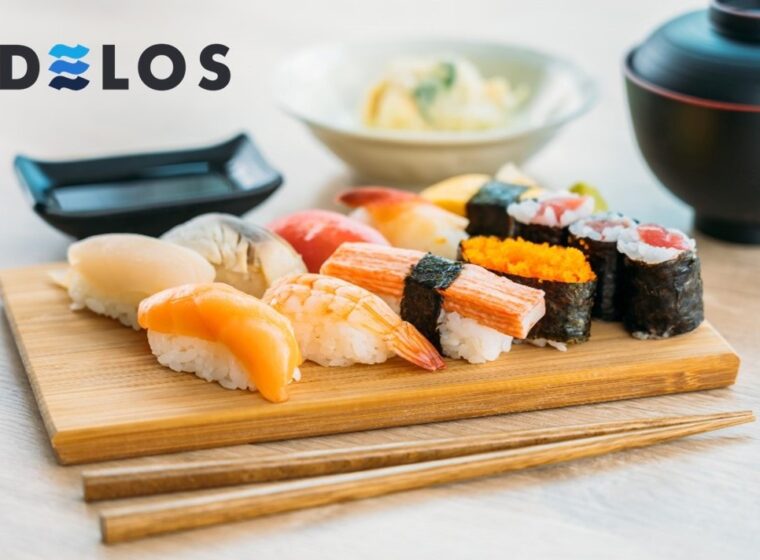
When buying shrimp, you may still need clarification about choosing between wild-caught shrimp or farmed shrimp. Both types of shrimp have their value because their growth processes occur in two very different places, namely in the open sea and controlled ponds.
Both wild-caught shrimp and farmed shrimp have their respective advantages for consumption. This is not only in terms of taste, but several other aspects may be considerations for you. Read on to learn more!
Also Read: 7 Strategies to Boost Production and Export of Indonesian Vannamei Shrimp
Differences Between Wild-caught Shrimp and Farmed Shrimp
1. Shrimp Food Source
From their habitat alone, pond shrimp and wild-caught shrimp have different food sources. Wild-caught shrimp obtain their food from plankton, other marine animals, and marine plants such as algae.
Meanwhile, pond shrimp depend on shrimp feed provided by shrimp farmers. Usually, this feed comes in the form of pellets, granules, or powder given three to four times a day. Pond shrimp feed is also controlled for its content such as vitamins, protein, fat, and carbohydrates according to their needs.
2. Shrimp Characteristics
Generally, the characteristics of pond shrimp and wild-caught shrimp are not very different. However, shrimp commonly found in Indonesian waters, such as jerbung shrimp and dogol shrimp, have their specific characteristics. Jerbung shrimp, or commonly known as white shrimp, are predominantly white with yellowish spots and green dots.
On the other hand, dogol shrimp, or known as pink shrimp, tend to have a brownish colour mixed with pink on their bodies. The sizes of these shrimp range from 10 to 25 cm, while pond shrimp have body sizes ranging from 15 to 35 cm. Some types of wild-caught shrimp such as giant tiger shrimp and banana shrimp have larger sizes and striking colors. Giant tiger shrimp, in particular, are recognized by their large and long pincers.
Also Read: 11 Types of Shrimp Diseases that Often Occur During Cultivation
3. Taste
Wild-caught shrimp like dogol shrimp and jerbung shrimp are known to have a thick texture and a sweet taste. Besides taste, wild-caught shrimp generally have a more savoury flavour compared to pond shrimp. This is because wild-caught shrimp are often processed with spices or seasonings that have strong flavours.
On the other hand, pond shrimp have more flesh, a sweeter taste, softer texture, and thinner skin. This type of shrimp is suitable for simple dishes or as an addition to other dishes.
4. Shrimp Price
The price difference between pond shrimp and wild-caught shrimp can vary in different regions of Indonesia. However, generally, wild-caught shrimp tend to have higher prices because they are more difficult to catch. Unlike wild-caught shrimp, pond shrimp are easier to obtain, and the harvesting process is also easier. This, of course, affects the selling price in the market.
5. Quality
In terms of living sources and food, pond shrimp are certainly superior. Unlike wild-caught shrimp that live in natural environments and feed on marine organisms, so the substances in their bodies cannot be controlled, pond shrimp live in guaranteed clean places. Shrimp farmers often change pond water regularly and provide more nutritious food, ensuring the quality of pond shrimp.
Also Read: Challenges in Vannamei Shrimp Farming
Vaname Shrimp Cultivation is More Productive with DELOS!
Although both types of shrimp have their advantages and uniqueness, in terms of quality and availability, farmed shrimp tend to be a better choice for consumers. So, will you choose wild-caught shrimp or farmed shrimp?
If you are a shrimp farm owner, now you can easily run cultivation and produce high-quality farmed shrimp with DELOS. DELOS is an aquatech company based on the best science, technology, and operational management that can help you increase the productivity and quality of your farmed shrimp.
Contact the DELOS Team via contact@delosaqua.com or submit through the contact form on our website at www.delosaqua.com to learn more about DELOS shrimp farm management. Vaname shrimp cultivation is more productive with DELOS!




